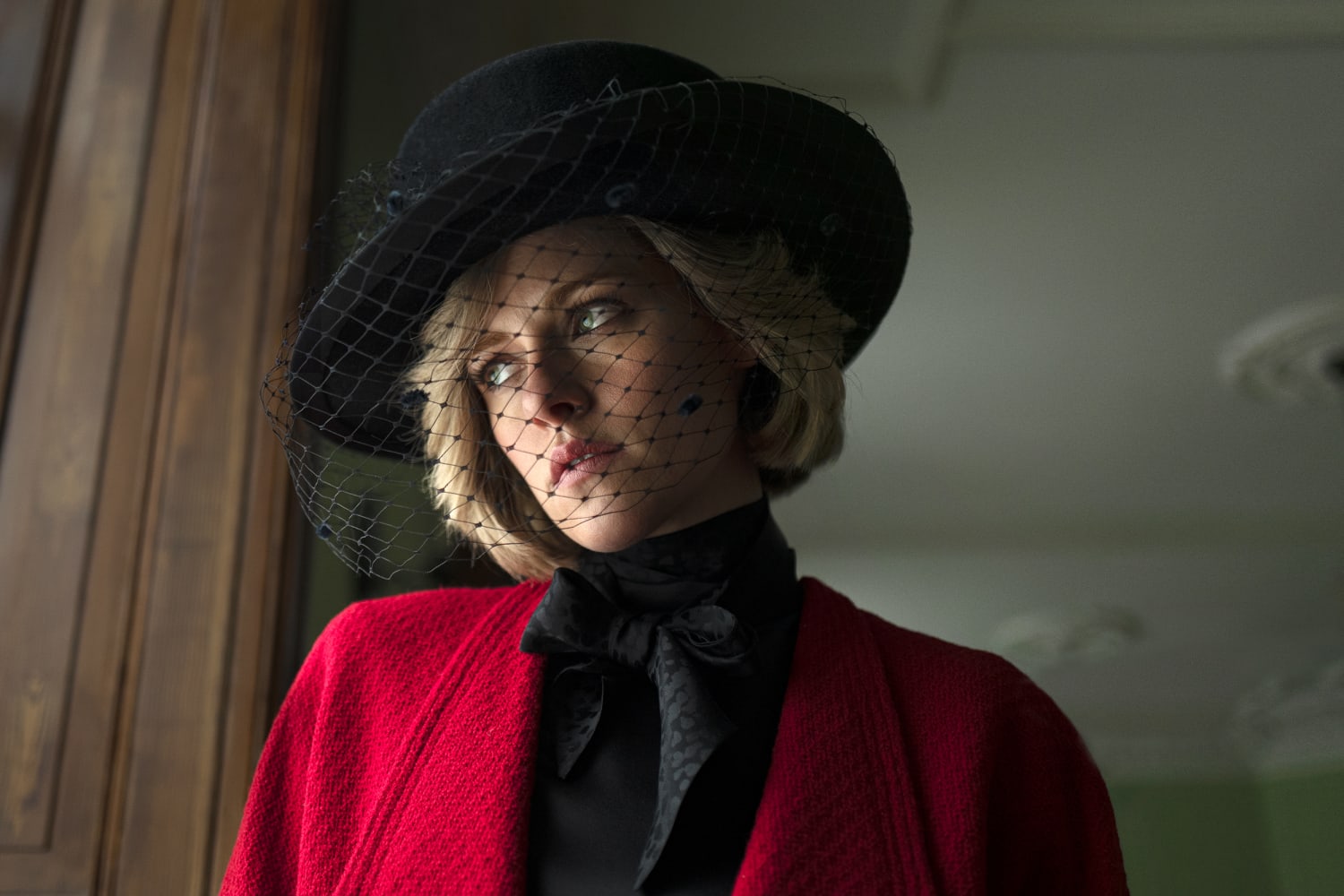
The latest in the ongoing string of high-profile releases featuring the late Diana, Princess of Wales, is Pablo Larraín’s “Spencer.” But though the film is billed partially as a biographical drama, there is little here that is trying to make sense of Diana’s actual life or legacy.
“Spencer” opens with the words “A fable based on a true tragedy.” One could argue every story about Diana Spencer is such.
“Spencer” opens with the words “A fable based on a true tragedy.” One could argue every story about Diana Spencer is such, from Broadway’s new musical, “Diana,” to the salacious faux docuseries airing on various cable outlets. But this film is rare in that it openly embraces its artifice, creating an impressionistic atmosphere rather than one that pretends to tell the whole truth. It is violently, relentlessly, wackily unrealistic, reveling in the ludicrousness of royal tradition and then having characters declare the horrifying results “a bit of fun.”
The film’s logline claims it is set during December 1991, amid the festivities of a royal Christmas weekend at Queen Elizabeth’s beloved Sandringham Estate. It is described as a fantasy in which Diana chooses to break away from her disastrous marriage to Charles early. (In reality, their divorce came just after an ultimatum from the Queen during Christmas of 1995). The unspoken and cruel suggestion here is that had Diana chosen freedom then, she might be alive today. The truth, of course, is wildly more complicated.
The film’s narrative lacks much of a traditional structure, feeling more like a waking nightmare. It opens with a somehow lost Diana (Kristen Stewart). She is magically alone, having left behind all security and paparazzi, and randomly walks into a roadside teashop looking a bit like a kidnapping victim who has finally escaped her captors after a decade away.
Soon enough Diana has found her way to the castle and settled in under the watchful eye of Sandringham’s Major Alistair Gregory (Timothy Spall). Time is told by the changing of preordained outfits, and the activities mostly involve extensive and rich meals Diana is forced to choke down before vomiting them back up. (This is a film that should come with serious eating disorder content warnings.) The camera stays trained on Diana in her gilded cage, the rest of the royal family sliding in and out of focus around her. Charles (Jack Farthing) alternately sneers and scolds her for not following the rules; the queen (Stella Gonet) stares at her in semi-bewilderment before wandering off, followed by an endless herd of corgi. The rest are mere faces in an endless out of focus background, uncomfortably trying not to stare.
Diana’s only comforts seem to come from her children, with whom she is more peer than mother, and the staff. Her dresser Maggie (Sally Hawkins, styled like Edna Mode from “The Incredibles”), tells her endlessly to hold on, while Darren (Sean Harris), the head chef, promises her the staff love her and want her to eat their food. Meanwhile, the ghost of Anne Boleyn (Amy Manson, when not played by Stewart) endlessly haunts her in the hallways, as if someone will soon come for Diana’s head as well.
Stewart, the blockbuster actress who came of age on screen in the popular-but-dreadful “Twilight” franchise, is a big part of the draw here. The combination of her with Larraín, who took an equally impressionistic take on Jacqueline Kennedy Onassis to the Academy Awards, made “Spencer” an immediate candidate for next year’s awards season.
But to ask how believable Stewart is as Diana is to miss the point. On the one hand, yes, she looks the part, when the camera catches her at the right angle, with the right makeup and hair in the proper lighting. The film loves to shoot her from behind for this reason, endlessly rushing down hallways either towards the dinner she’s late for or away from the family she can’t stand. It also riffs on and recreates some of Diana’s more famous looks, including her 1993 Christmas Day look heavily featured in the promotional images.
But this isn’t a film trying to present the “real” Diana, as Netflix’s “The Crown” has done. Whether Stewart nails the voice or the mannerisms doesn’t matter — in fact, it’s rather better when she fails, since it (inadvertently) adds to the overall surrealism. When your Diana is rushing around great houses conversing with ghosts, or chowing down on a pearl necklace in an orgasmic fashion, the level of halting breathiness of her speech feels secondary. Instead of a biopic, Larraín has created a fractured fairy tale, with a broken creature trapped in its center. The tragedy is viewers know she will never be able to escape, whether or not the film gives us the fast-food happy ending we want.
Source: | This article originally belongs to Nbcnews.com










